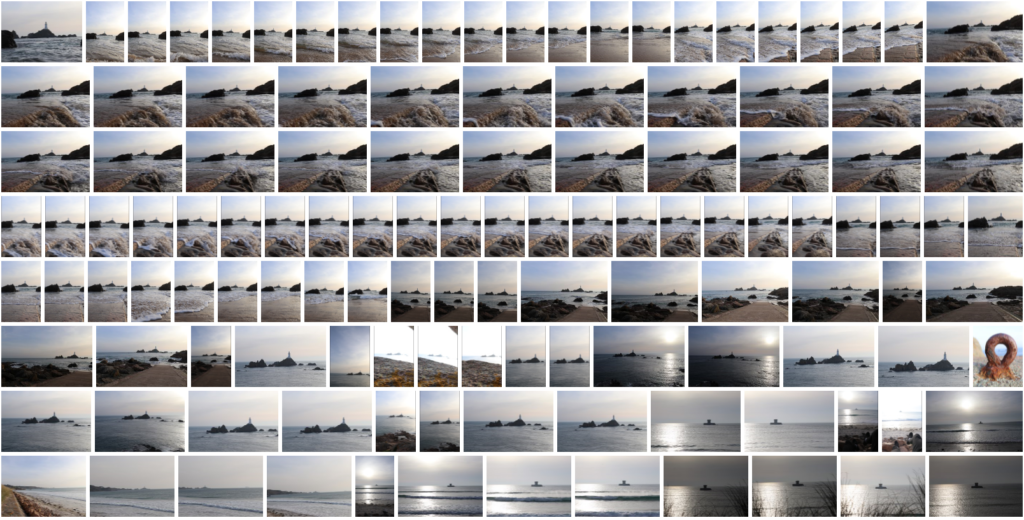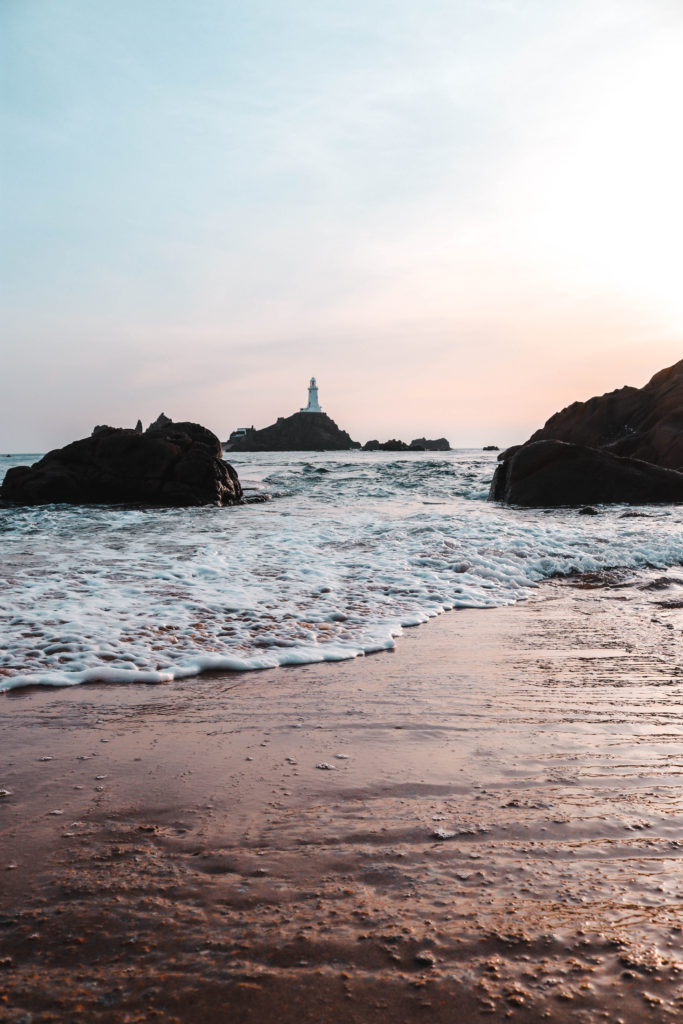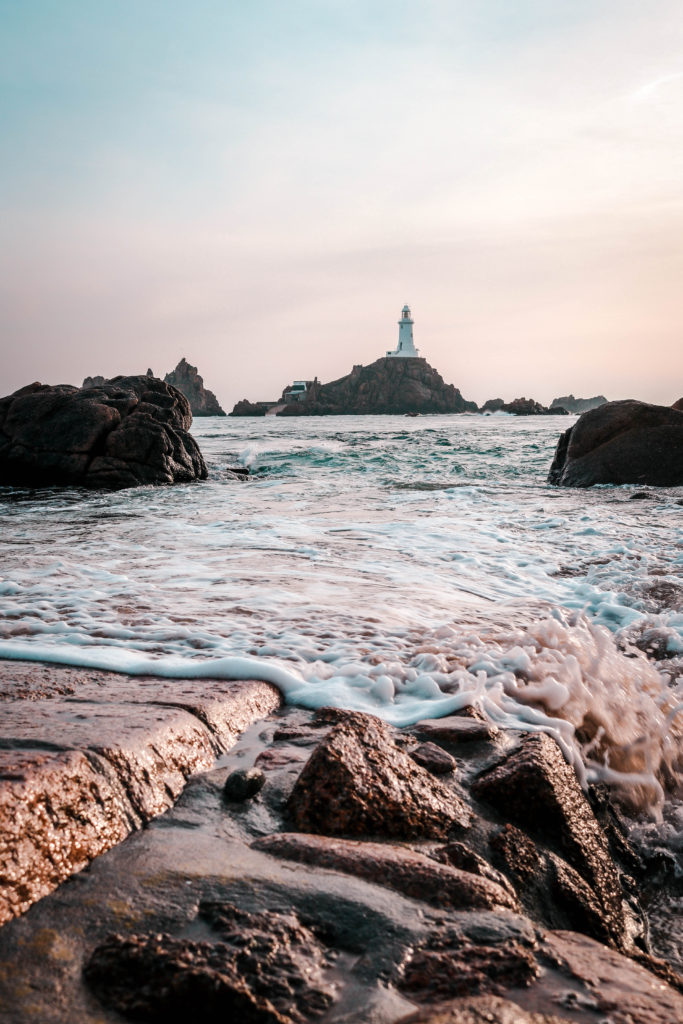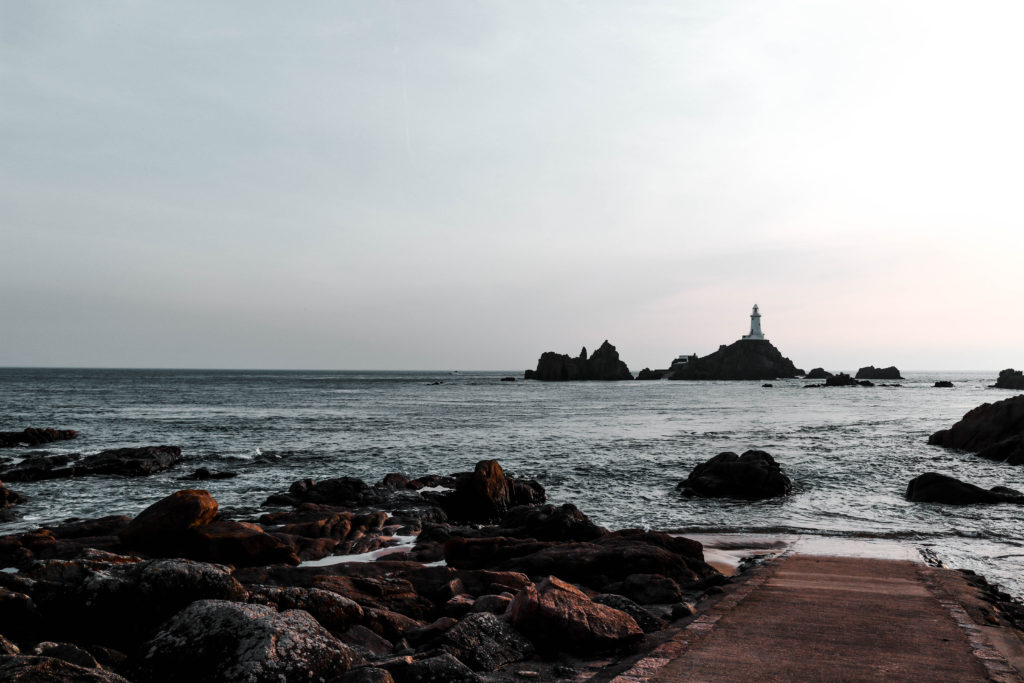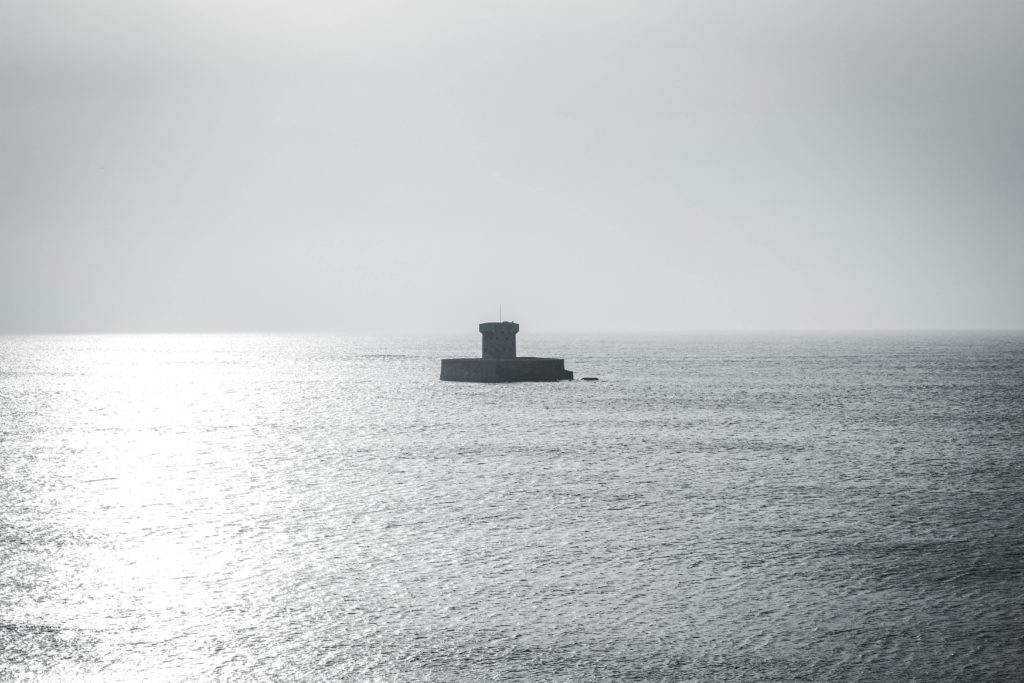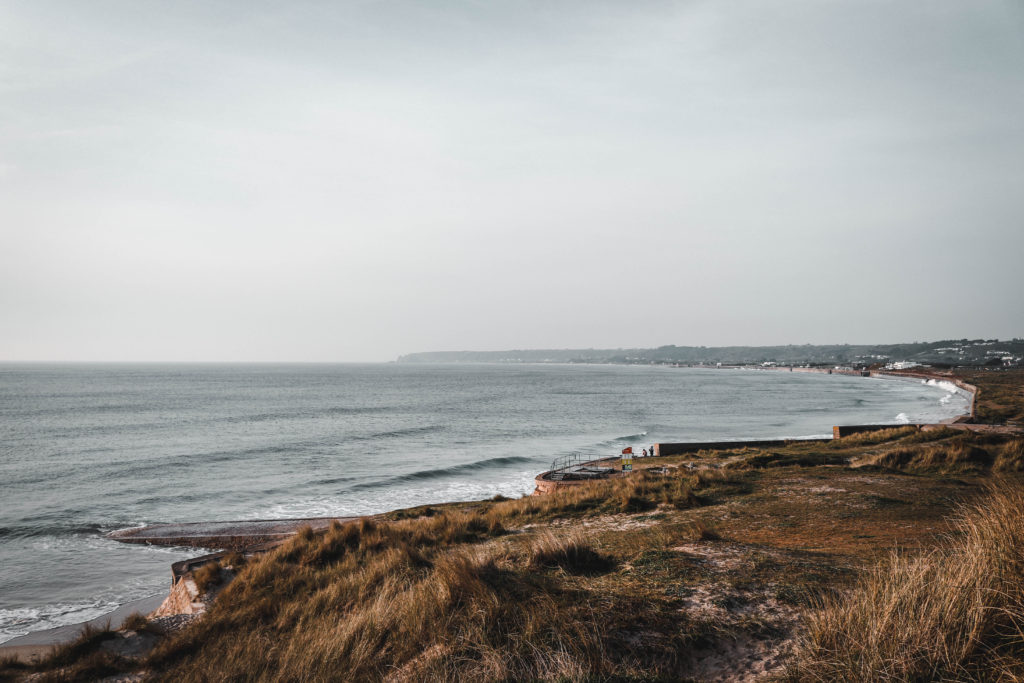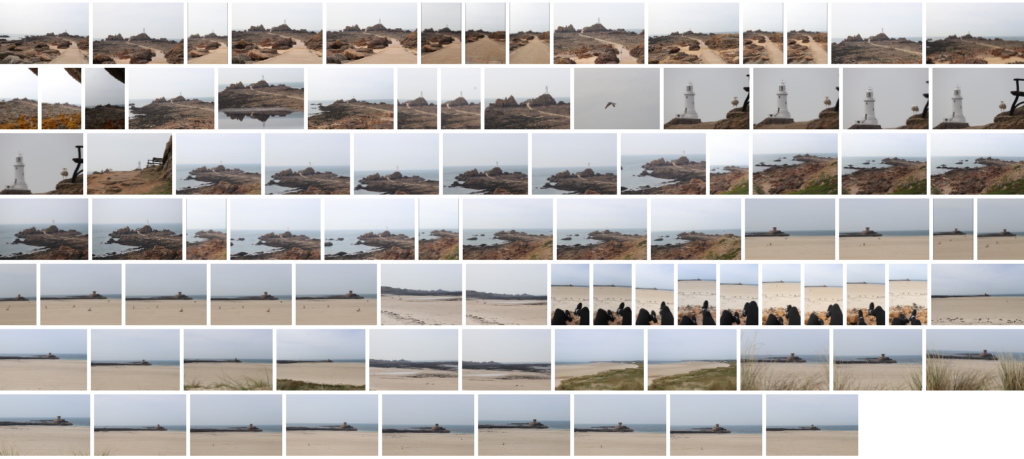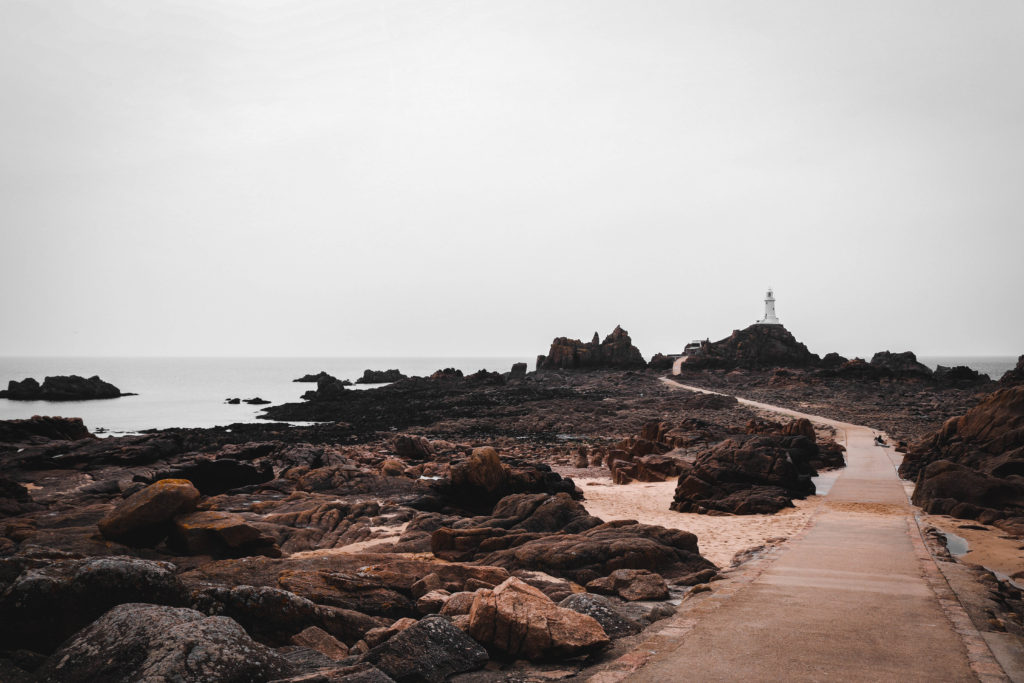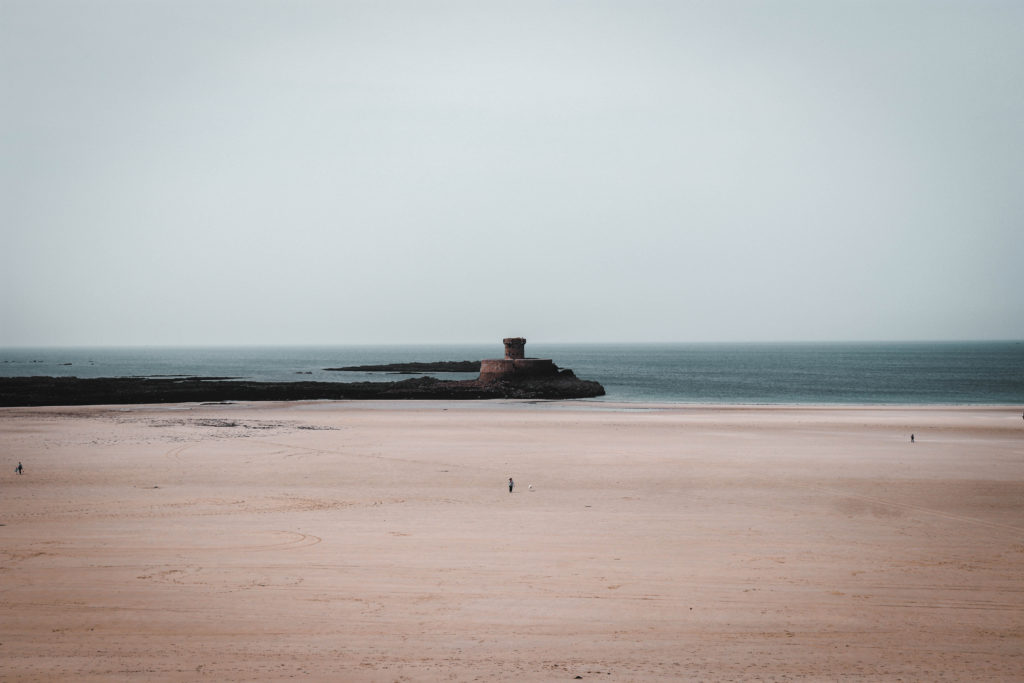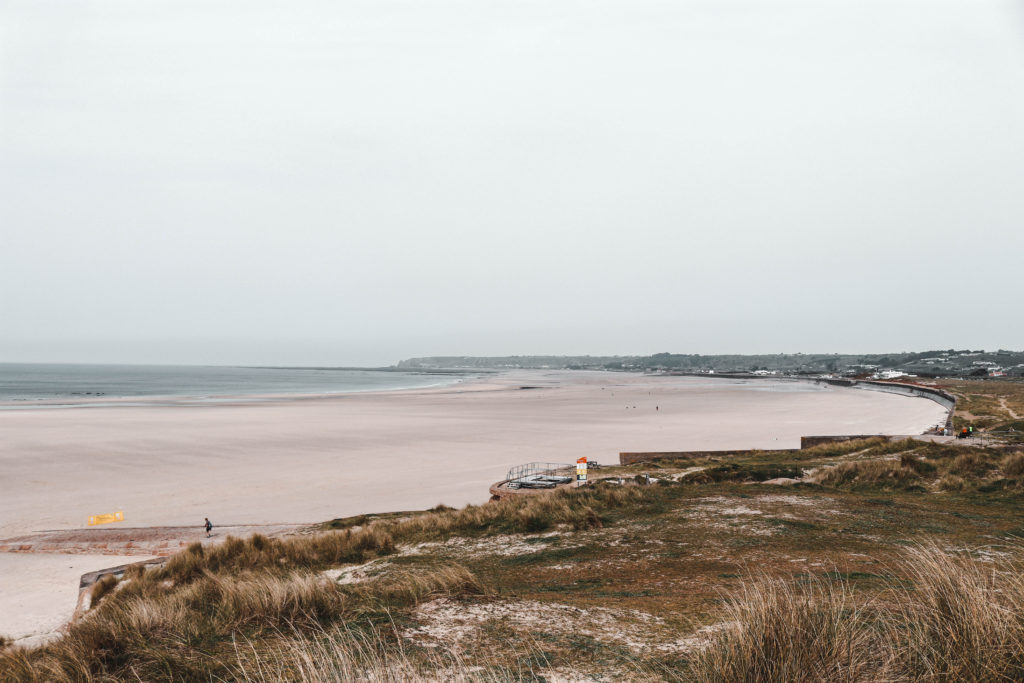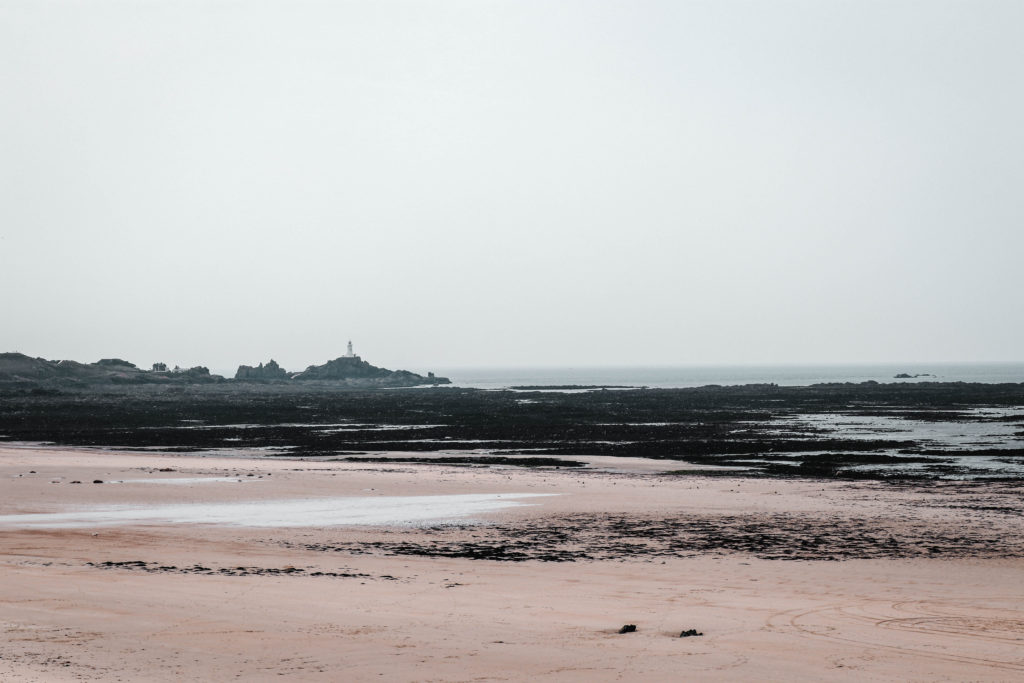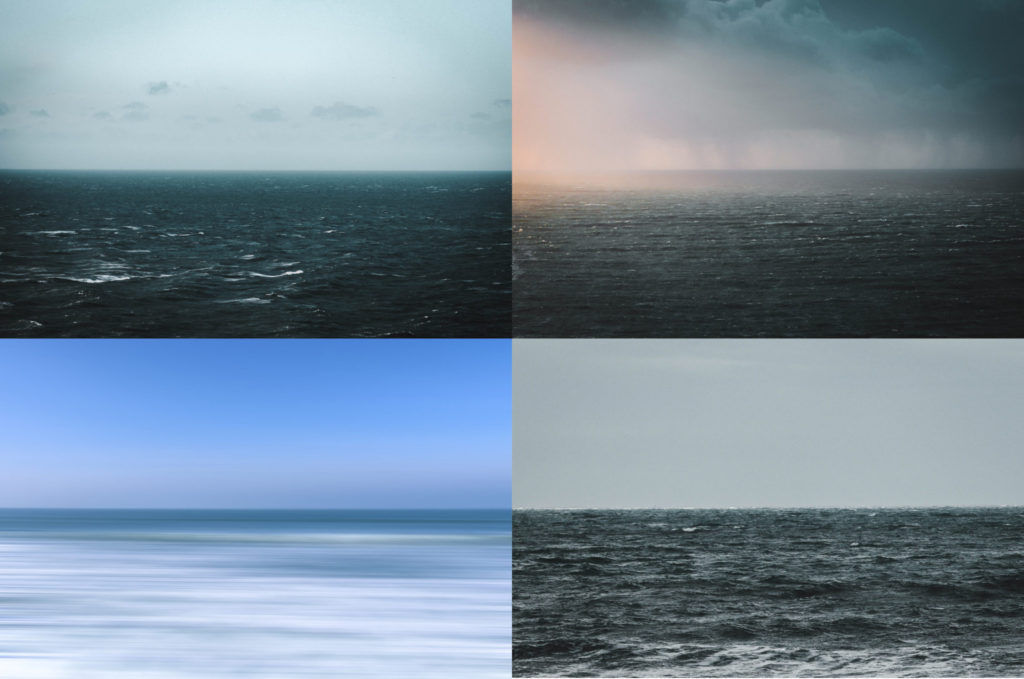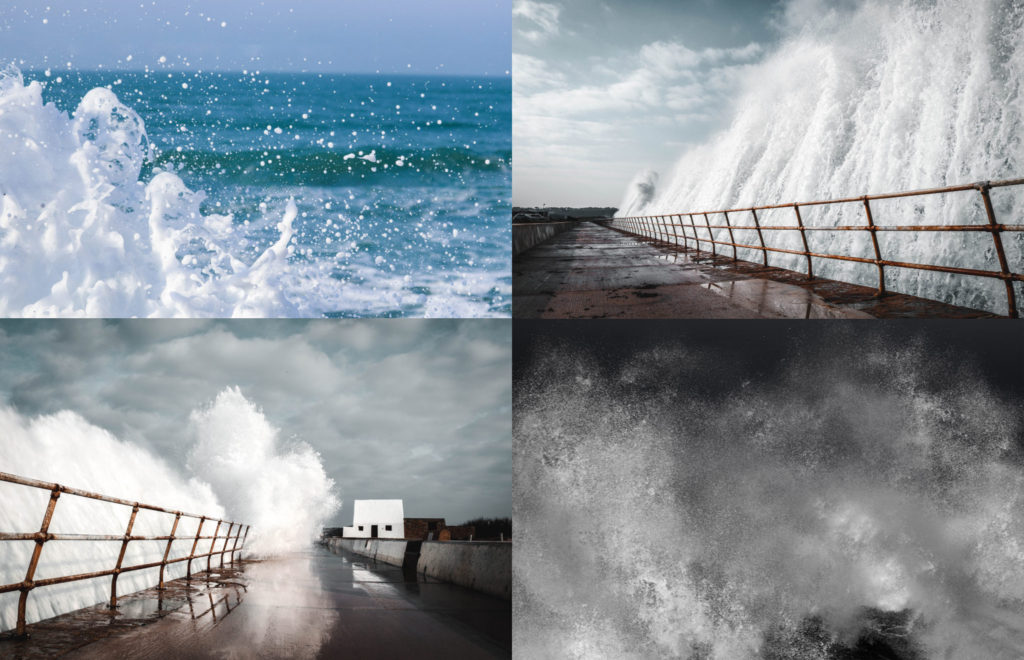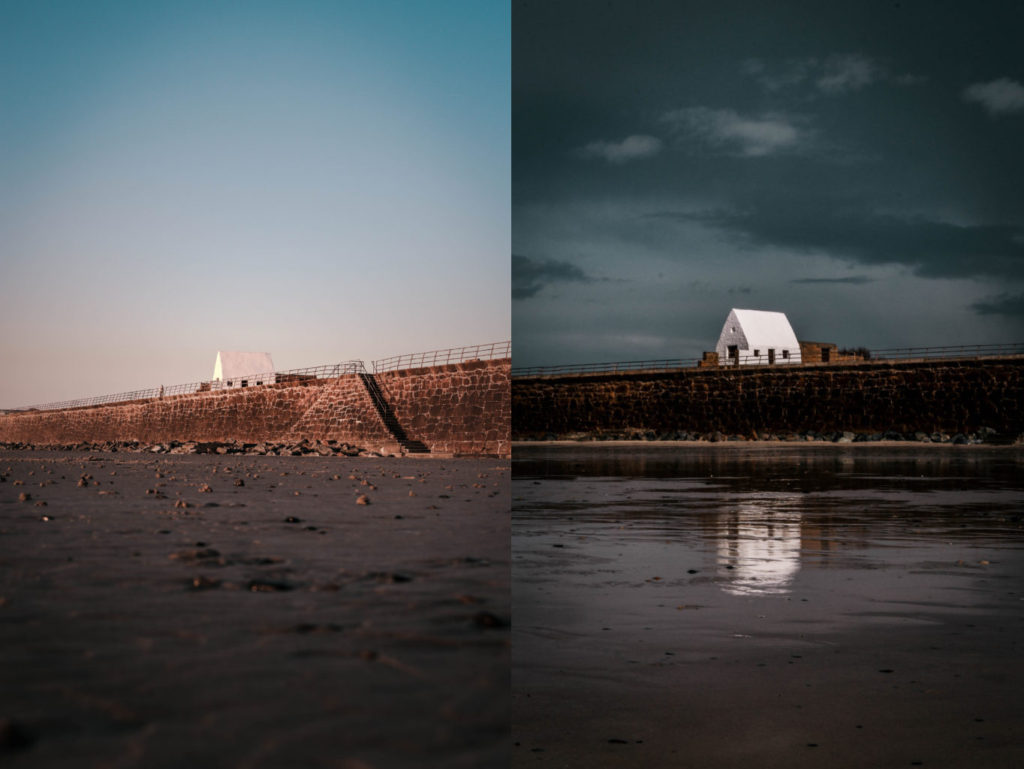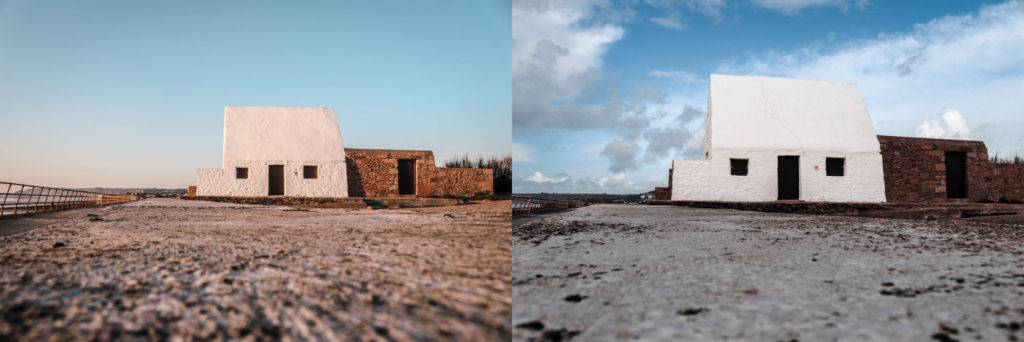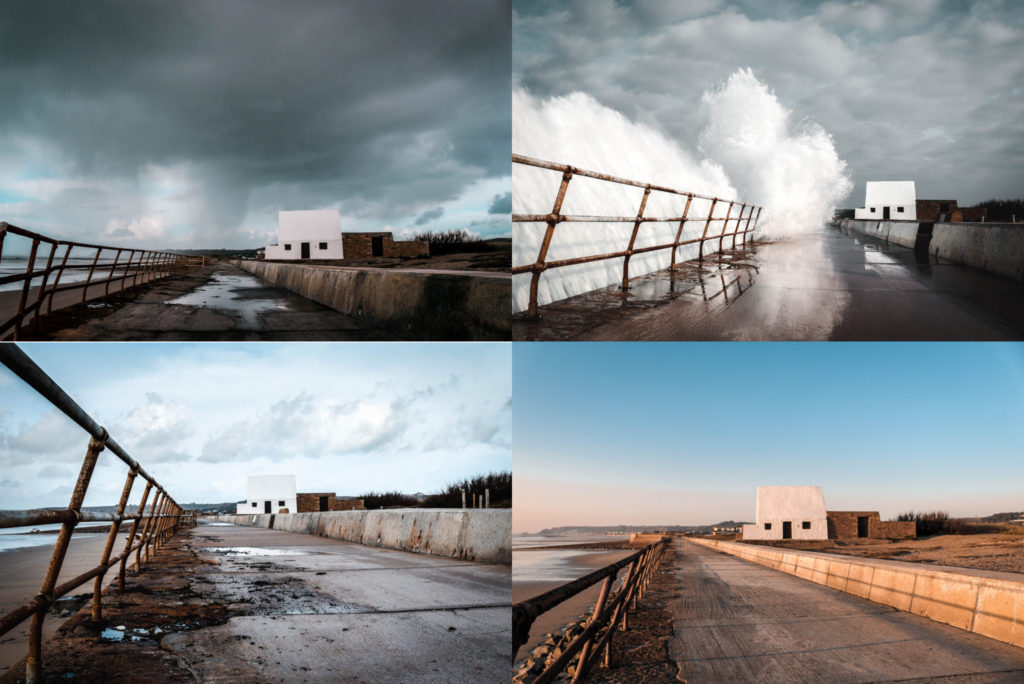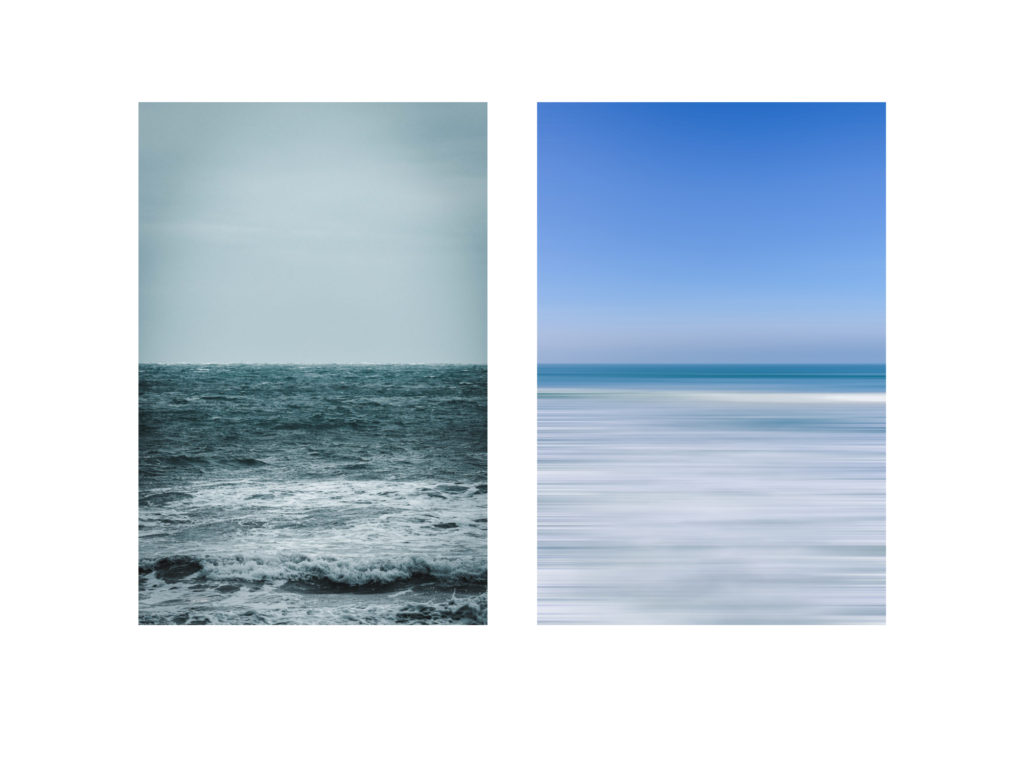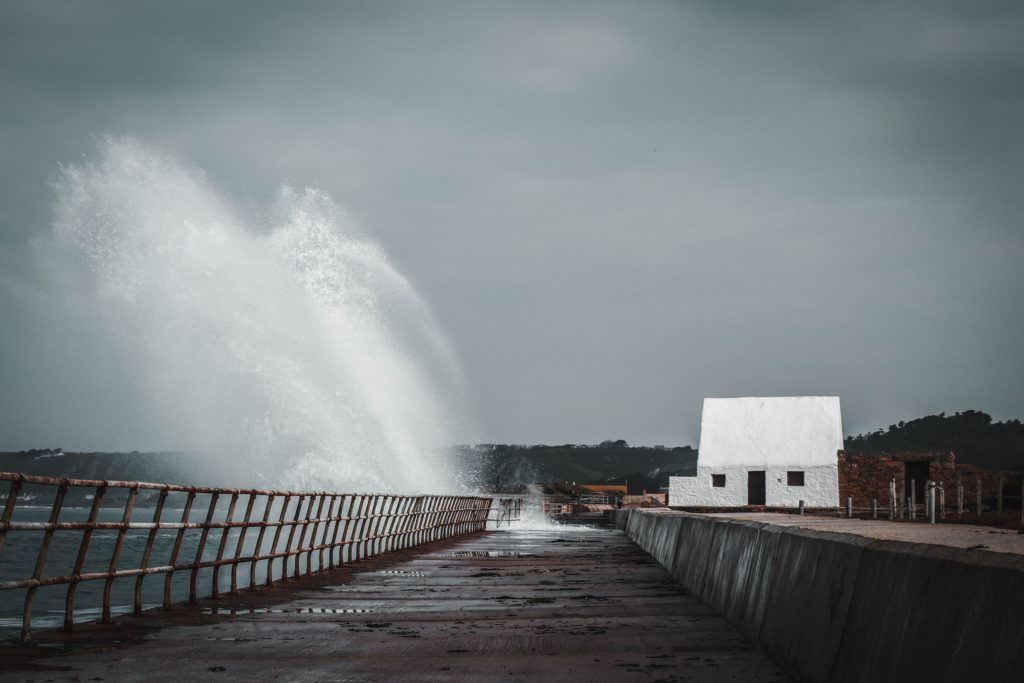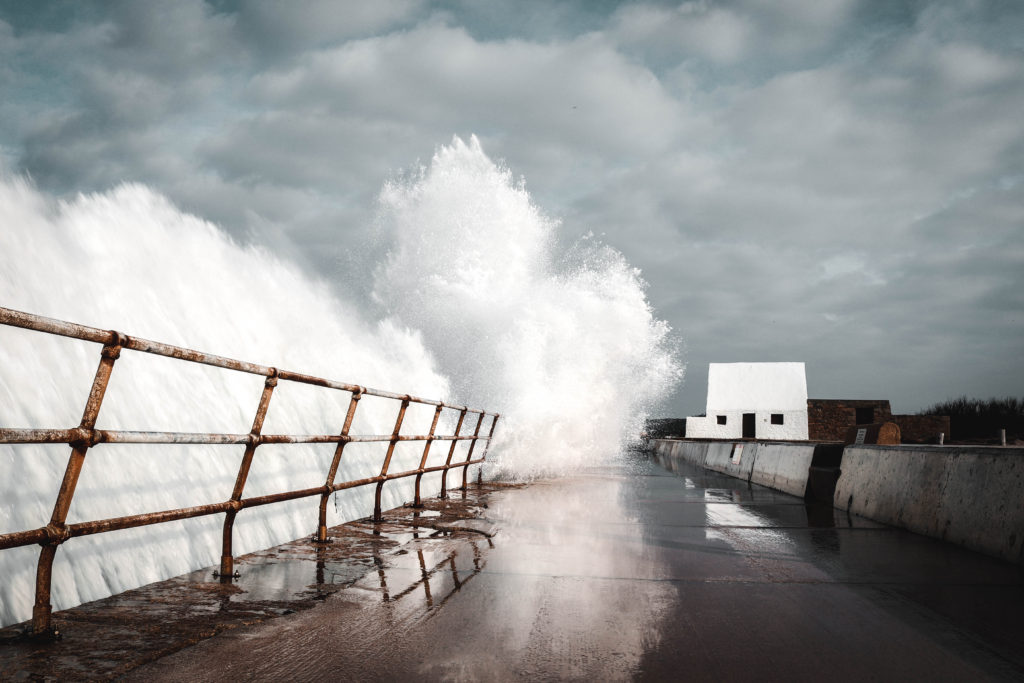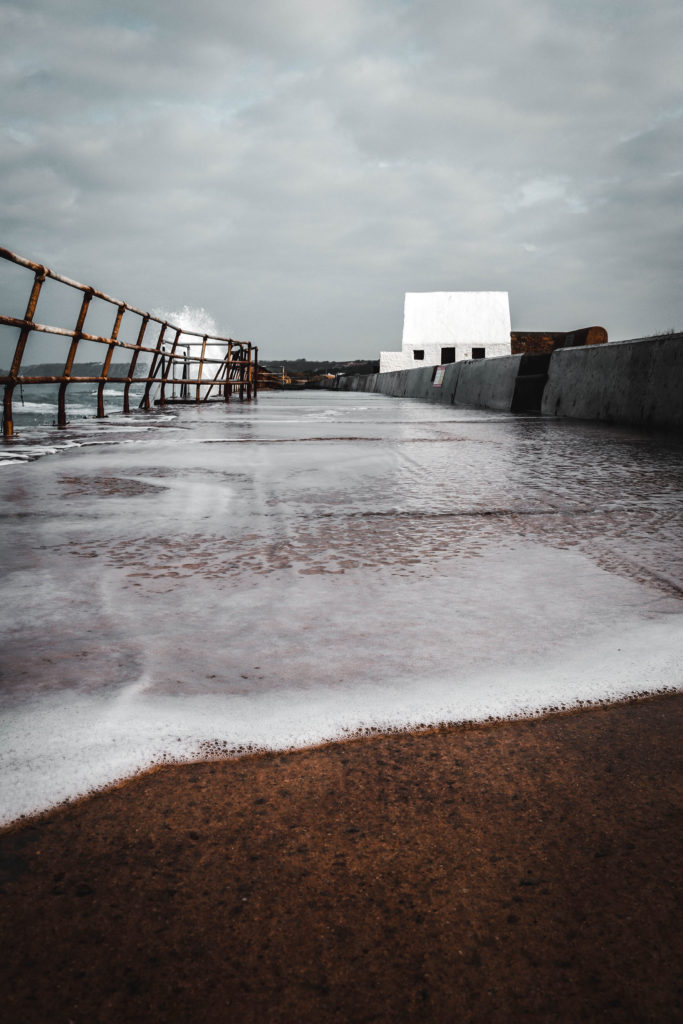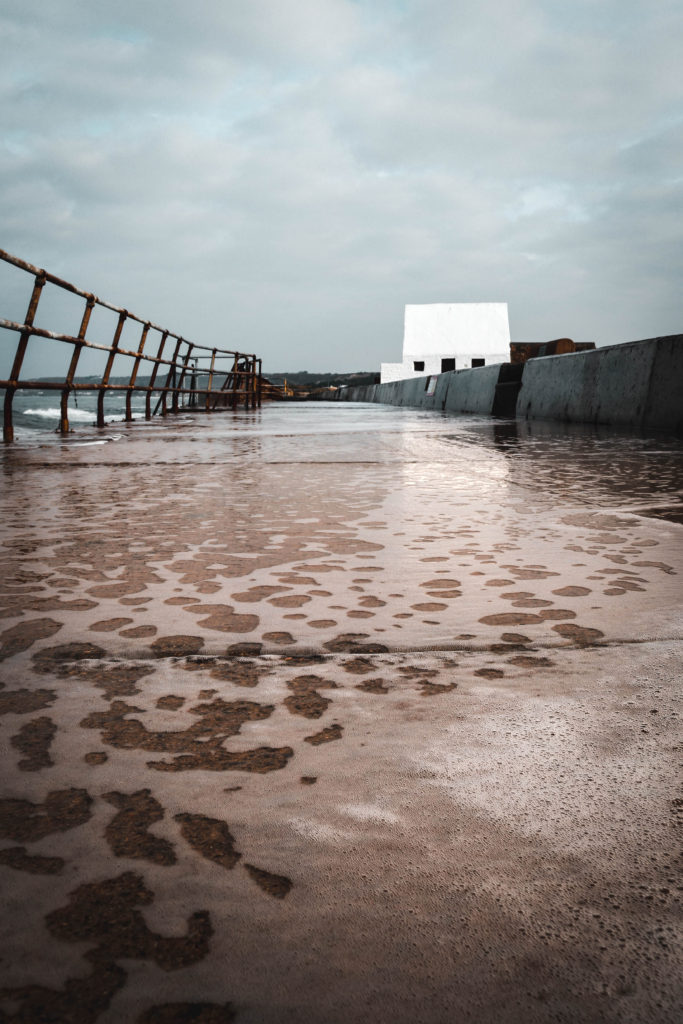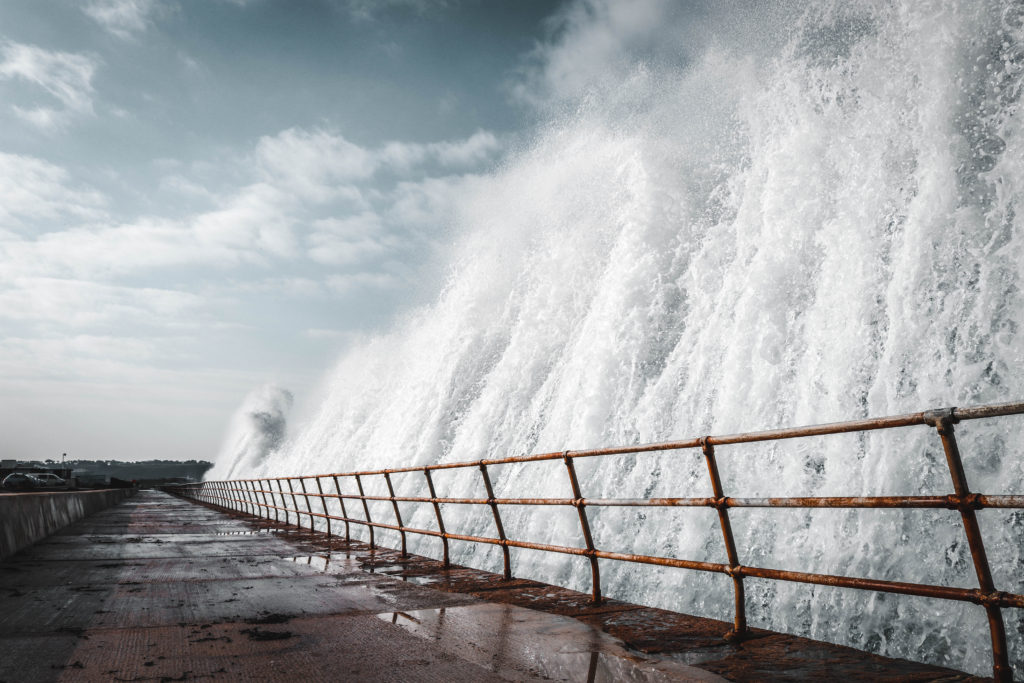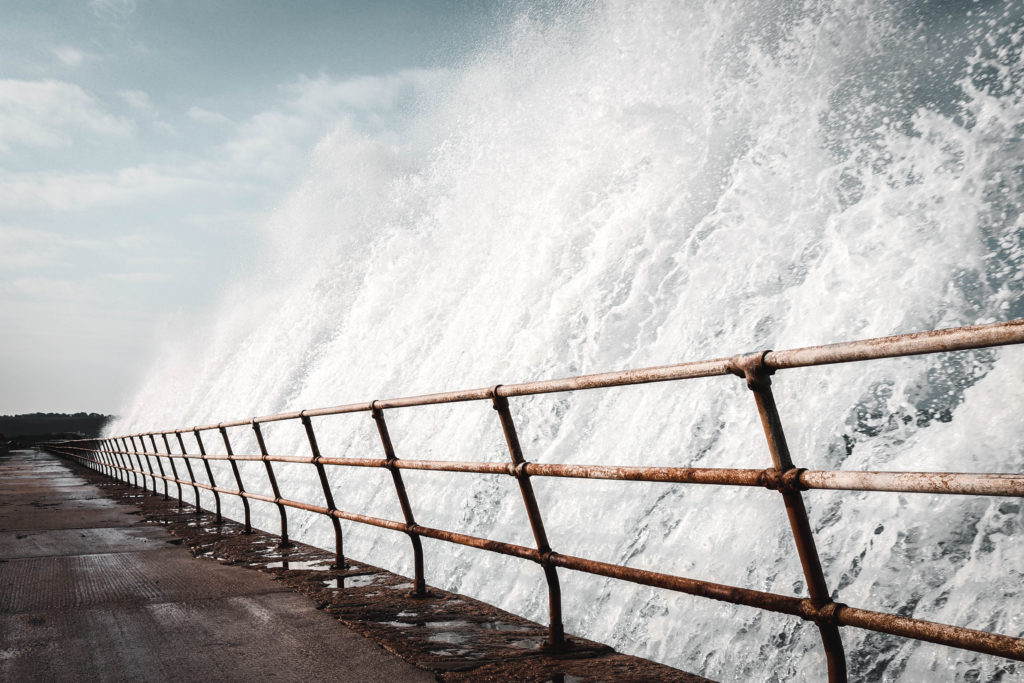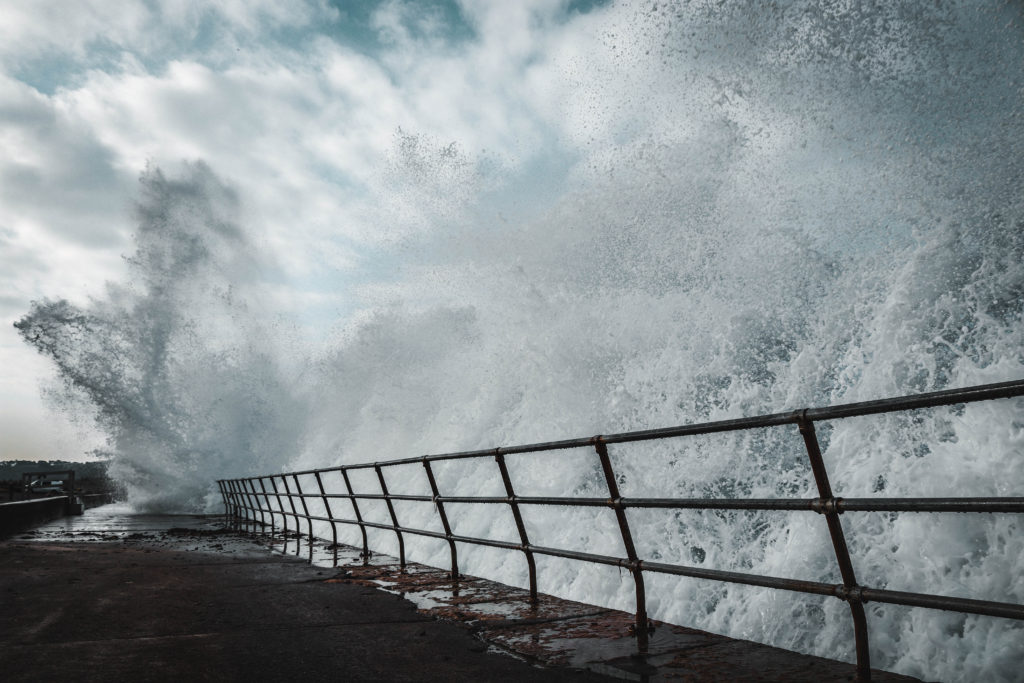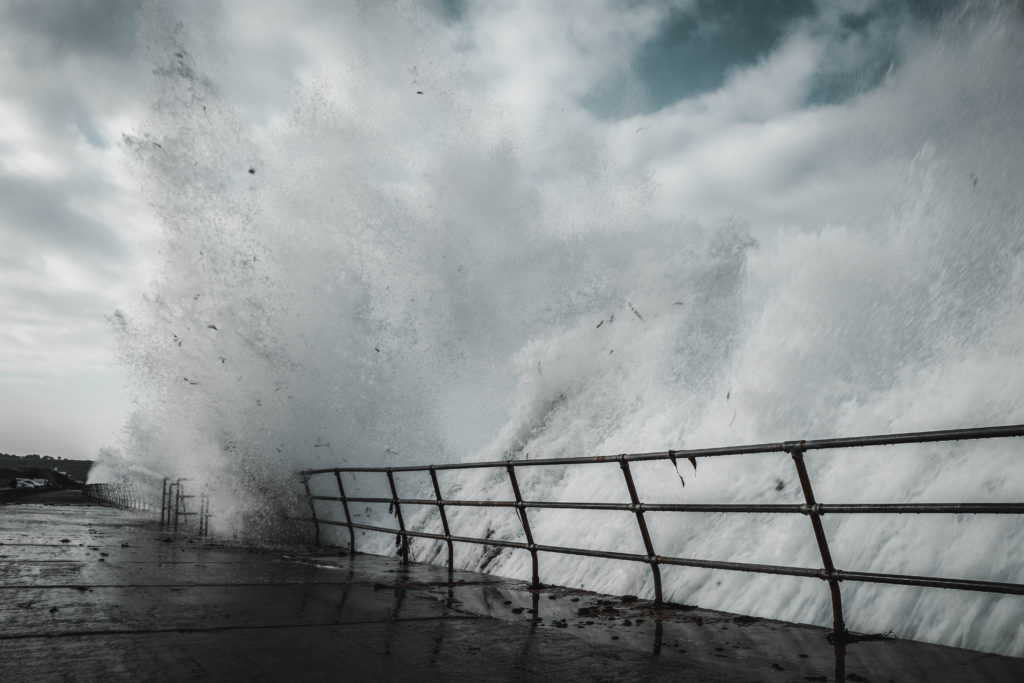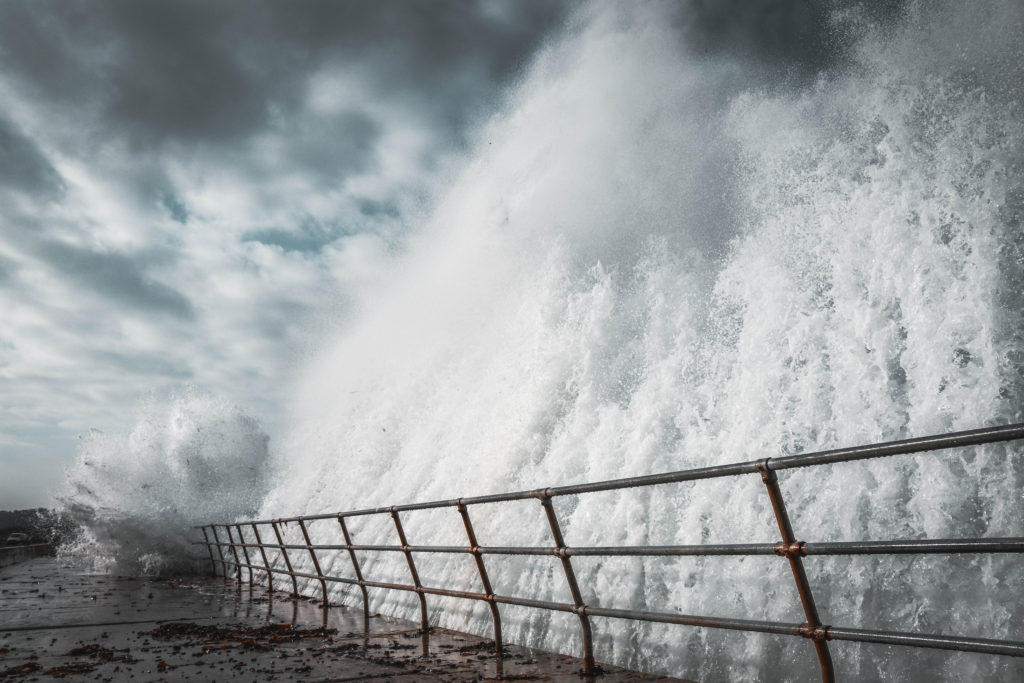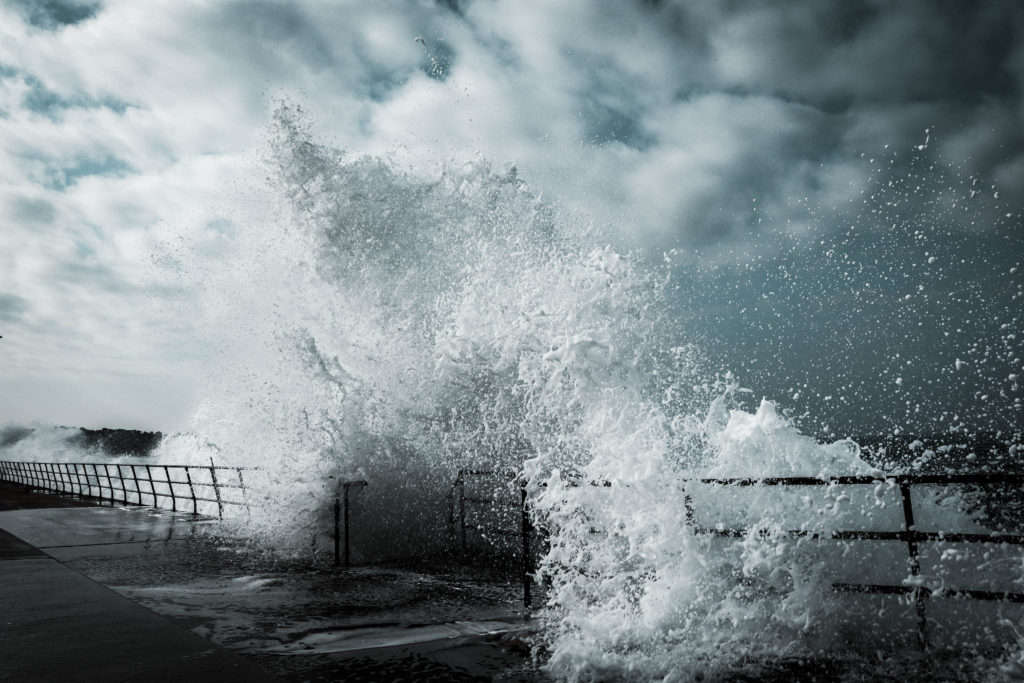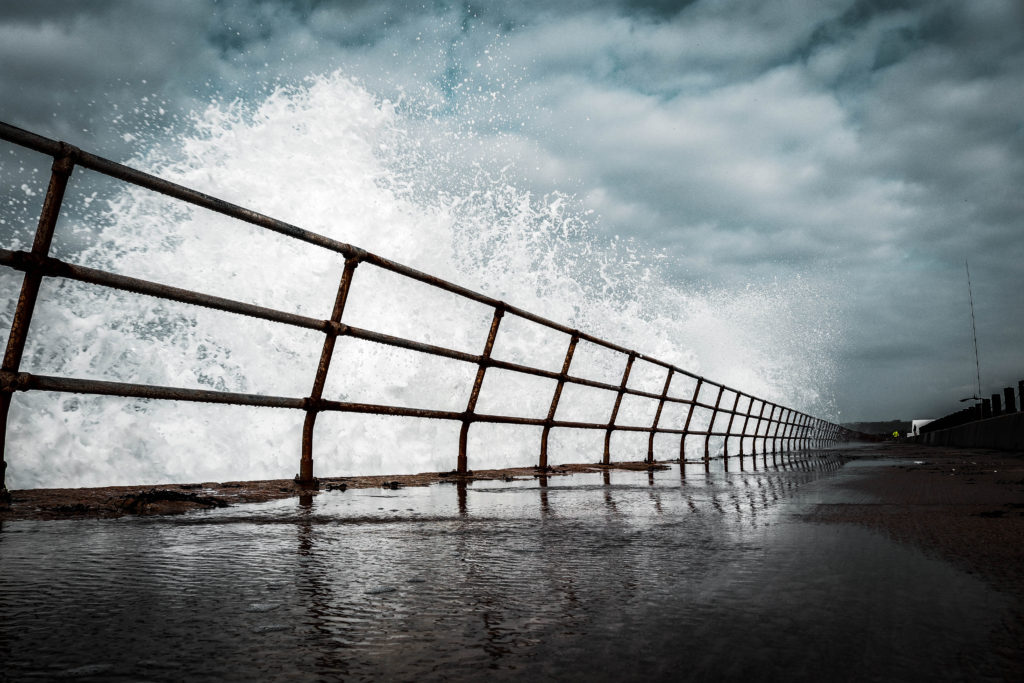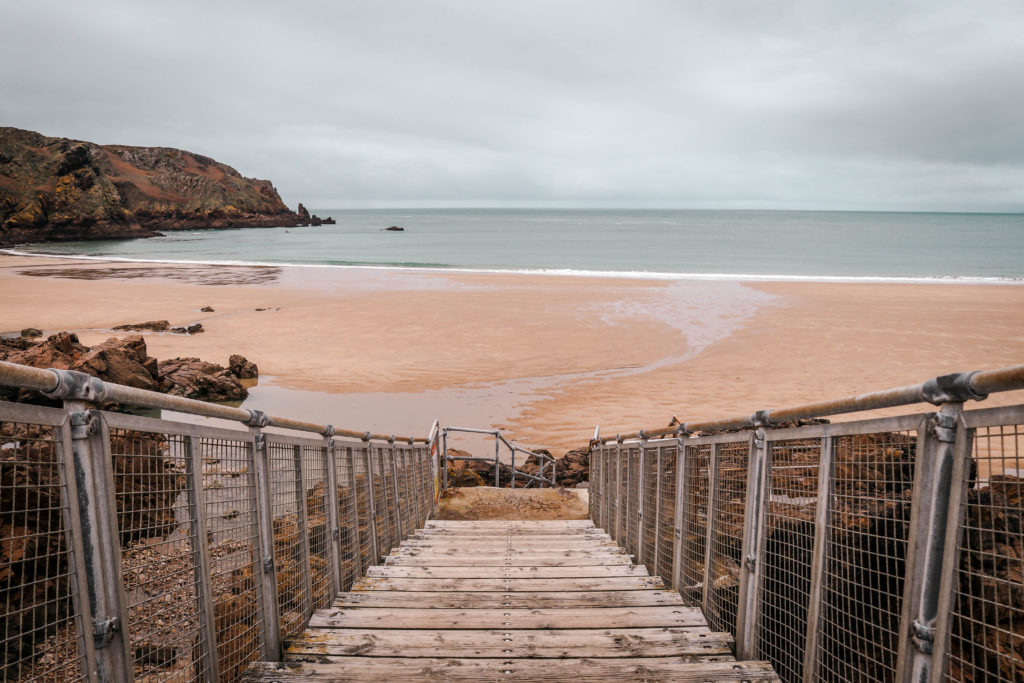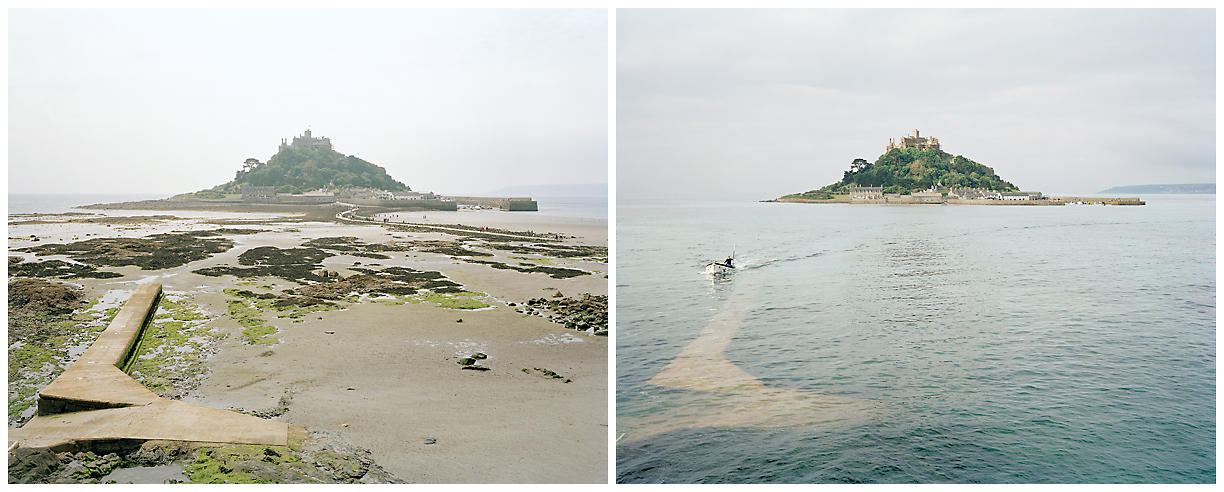How well have ideas developed?
I feel as if my work has developed into a sustainable idea that is consistent with it’s approach and has a clear focus. The focus of my work is the changing light and tidal movement that shape our landscape and alter our perspective on things. This, provoking the ideas about what exists beyond our reality since at a particular time of day we view everything in the same light and also at high tide we cannot see what lies beneath the surface.
Are ideas explored and selective appropriate to intentions?
My ideas that i am exploring have a specific intention to explore the ideas of spirituality, perspective and zen Buddhism. By looking at external factors that shape our environment brings a different type of thinking and shows importance in these things which are often over looked. This is a part of Zen Buddhism and Japanese culture seeks to do, seeing beauty in everything.
Are they sustained and focused?
I feel as if I have a sustained focus on the depiction of light within the series of shoots i have completed at the ‘white house’ location in St Ouens. I think it would be more interesting if i could go to the location a few more times which would allow me to clearly show the changing light at many points within a day. I have been to the location 3 times now, once at golden hour (low tide), once on a stormy day (low tide) and once at a large spring tide. It would be interesting to construct a typology with all the different types of light at the same location for example I would need to go at night, blue hour and sunrise. I could also use another location to show a clear focus on this topic and then do a similar thing with tidal movement too. So far, I have completed one shoot that has a clear focus on the tidal movement in a particular location however i want to complete several more. With these tidal movement shoots, there is also a sense of changing light because they are obviously taken at different times in the day.
How many responses/ shoots?
So far I have completed 6 photographic responses to my ideas associated around depiction of light and tidal movement. I intend to complete at least 1 more at the ‘white house’, 2 more shoots that reflect the change in water level and another series of shoots at another location focusing on how the light shapes the landscape at different times of the day.
Command of camera skills/ photographic techniques and processes
I have clearly demonstrated my use of camera skills and my ability to adapt the settings to meet the particular requirements of the location and lighting. I have yet to explore further with creative techniques and processes however i do not feel as if it is appropriate for the ideas which i have because i am dealing with documentation of lighting and tidal movement that needs to be truthful and trusted. My projects usually consist of manipulation and digital re-touching however this documentary approach is challenging my creativity and allowing me to show my other skills I posses.
Understanding of composition/ considering quality of light. What are the overall quality of the images?
I think my images are strong in the way they have been composed and framed. With the absence of any digital manipulation I need to be strong with the framing of my images to ensure they are aesthetically pleasing and draw the viewer in. I feel as if there are potential areas for improvement to get a little more creative when framing my images however overall they are strong and of a high quality.
How do they respond to research and artists references? ?
My photographic images were inspired and therefore respond to the research i have completed on Hiroshi Sugimoto and Michael Marten. Additional research that has inspired my work has been impressionism and Zen Buddhism which has changed my way of photographing to try and see beauty in everything and disconnect the mind from any logical thinking. I feel as if I need to try and develop my own unique style inspired by all these things which make my work unique and stand out from my inspirations.
How do they interpret exam theme?
Changing light is clearly an example of variation due to the way it is constantly changing and looks different/makes things look different. The light helps us see everything in our world which too is an example of variation. Within our world there are things which are similar too and the light helps us view these similarities. Lighting can also be similar in the way it is similar at different times of the day for example at sunset there are sometimes similar colors. The tidal movement is also a clear example of variation and similarity. It is always moving either up or down changing the way in which we see our landscape. However can also be seen as a similarity because it causes the landscape to look similar when comparing it to another time the tide was at the same place.
